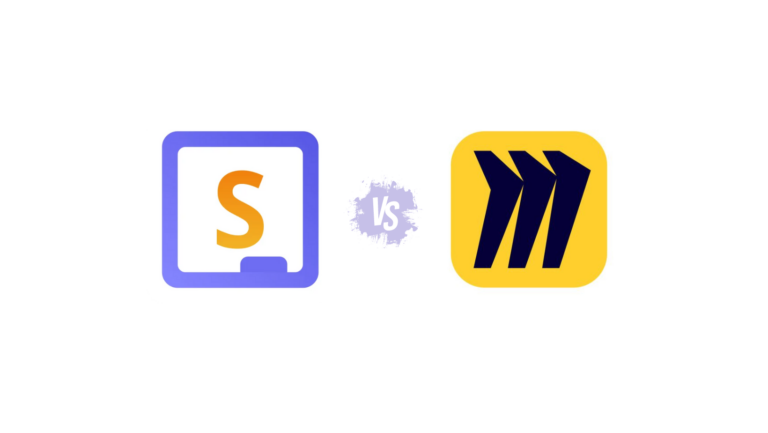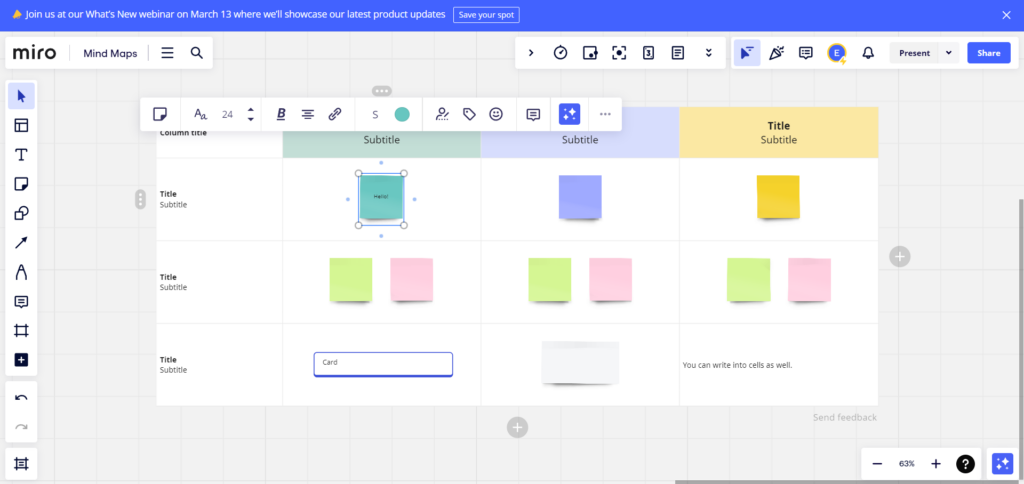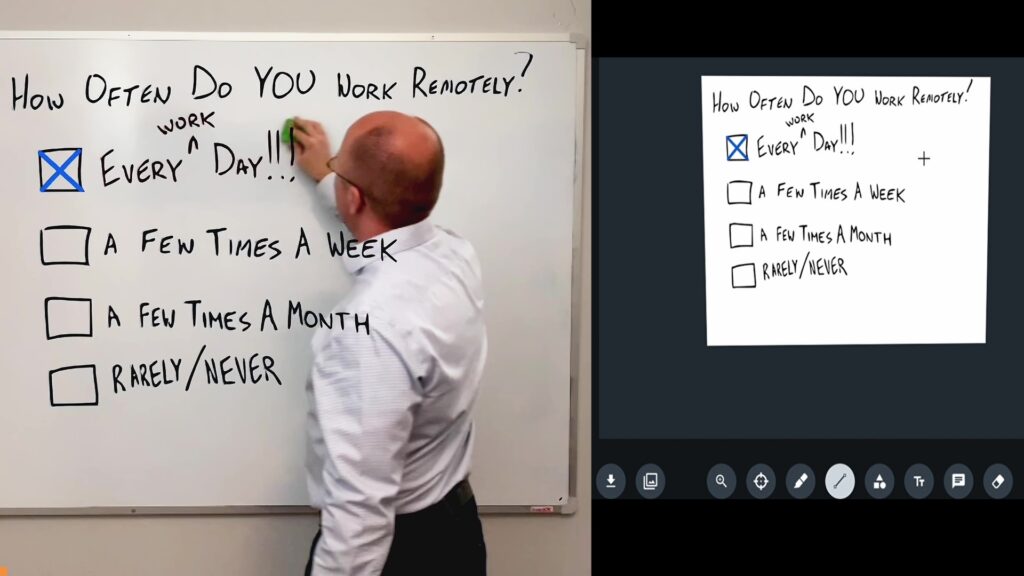Legible Whiteboard Sharing: STB ensures remote viewers can always read a shared whiteboard, even with the presenter in the way. Additionally, the interactive engagement features allow viewers to contribute directly to the board, enhancing collaboration during presentations or discussions.
Real-Time Content Saving: STB saves board contents in real-time, providing instant replay and secure storage. Many presenters value its clarity, ease of use, and interactive features for both in-person and remote meetings.
Powerful Workflow Support: STB easily integrates with your institution’s existing software and hardware solutions. Bonus points to STB for requiring no new skills (if you can use a whiteboard, you can use STB), making the adoption phase short and simple.
Advanced Security: STB has advanced security measures, including encryption and flexible deployment options (Amazon Cloud, Private Cloud, On-Premise), catering to the needs of organizations dealing with sensitive and confidential information.
Customer Stories: Both educators and entrepreneurs find value in using STB as their presentation/collaboration tool-of-choice – both in-person and remotely. We can read about their appreciation for the clarity, ease of use, and interactive features, bridging the gap between physical whiteboards and remote collaboration.
NEW! Instant AI Analysis: Now, ShareTheBoard can transcribe all of that scribbled content on your board into digital content (text, tables, flowcharts, etc.) – with one click. More than that, it can even analyze the contents of your board and offer suggestions. The line between the offline and online is officially gone.



